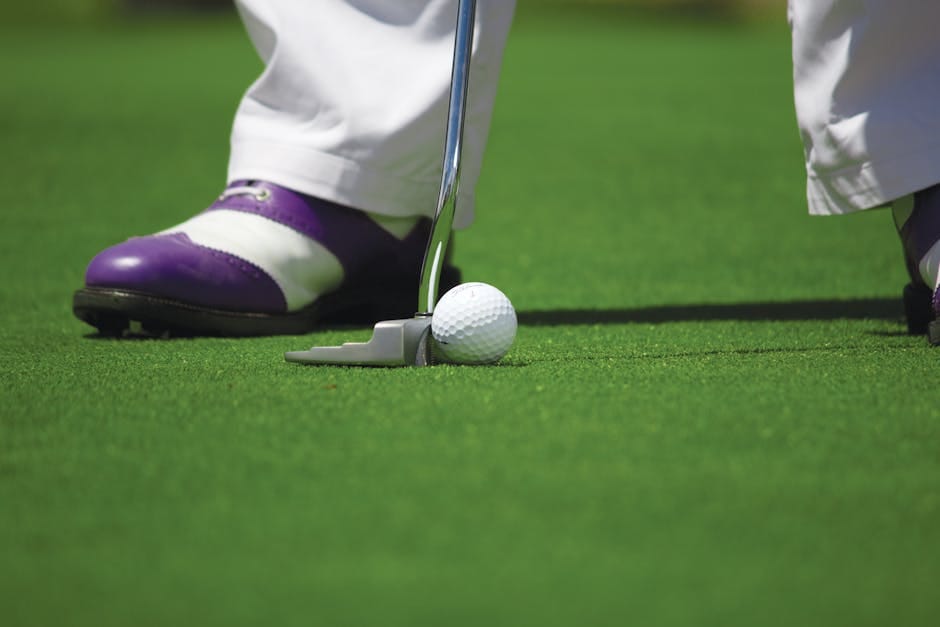Golf clubs, the essential tools for navigating the greens, come in a myriad of shapes, sizes, and materials. Understanding the intricacies of golf clubs is crucial for any golfer seeking to elevate their game. This guide delves into the world of golf clubs, unraveling their purpose, design, and the factors that influence their selection.
The primary components of a golf club include the head, shaft, and grip. The clubhead, made of metal or composite materials, is the striking surface that makes contact with the ball. The shaft, typically made of steel, graphite, or a combination of both, determines the flex and feel of the club. The grip, usually made of rubber or leather, provides a comfortable and secure hold.
Golf clubs are classified into different types based on their intended purpose. Woods, known for their larger clubheads and longer shafts, are designed for long-distance shots. Irons, featuring smaller clubheads and shorter shafts, are used for approach shots and chipping. Putters, with their flat clubheads and short shafts, are exclusively used for rolling the ball on the greens.
The selection of the right golf club depends on several factors, including the distance to the target, the lie of the ball, and the wind conditions. Woods are typically used for tee shots and long approaches, while irons are preferred for mid-range shots. Putters are specifically designed for short-range shots around the green.
Additionally, the flex of the shaft is an important consideration. A stiffer shaft provides more control and accuracy, while a more flexible shaft generates more distance but may compromise control. The weight and balance of the club also affect its feel and performance.
The grip size should match the golfer's hand size to ensure a comfortable and secure grip. Different grip materials, such as rubber and leather, offer varying levels of tackiness and durability.
Proper care and maintenance of golf clubs are essential for optimal performance. Cleaning the clubheads after each use helps prevent corrosion and dirt accumulation. Storing clubs in a dry and protected environment extends their lifespan. Regular regripping ensures a secure and comfortable hold.
In conclusion, understanding the anatomy and function of golf clubs is fundamental for golfers of all skill levels. Careful consideration of the clubhead, shaft, and grip, along with factors such as distance, lie, and wind conditions, enables golfers to select the appropriate clubs for each shot. Proper care and maintenance practices ensure the longevity and optimal performance of these essential tools, unlocking the secrets of the golf course.

